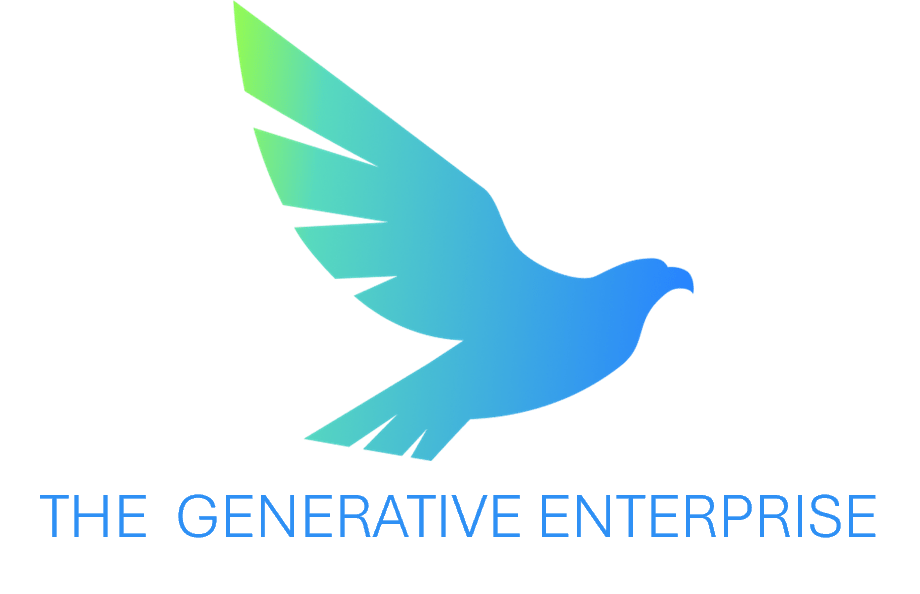- The Generative Enterprise
- Posts
- The Generative Enterprise #4
The Generative Enterprise #4
The State of AI report, C-suite strategies, and agentic news.

In this issue, we cover key insights from the State of AI report, link to guides for C-suite executives implementing AI, cover GenAI’s role in different industries, and share a lot of agent news and updates. We hope you enjoy it! (If this was forwarded to you, you can always sign up directly here.)
State of AI unveiled: Insights you can’t miss
Nathan Benaich and his team at Air Street Capital have generated 213 slides of incredibly deep content about the State of the AI market that included these gems:
how all of the foundational models are converging in terms of capability
the importance of OpenAI’s o1 (reasoning) model
a smart analysis of how “open” doesn’t really mean OPEN
the continued rise of smaller models
…and much, much more.
Our POV: If you want to understand the “State of the AI market”, you’ll want to read the whole thing. This team does top-notch market research.
Make AI success start in the C-suite
Read from Deloitte’s AI Institute and Global CEO Program to discover, “A CEO's guide to envisioning the Generative AI enterprise.”
In case you missed it, EY established “Six pillars of AI success for the C-suite” to make sure executives do not overlook any steps necessary for success.
Our POV: CEOs should prioritize strategic investment in AI platforms, solutions and workforce upskilling. More importantly, GenAI gives CEOs and their leadership teams the ability to reimagine business models to fully capture its potential.
Uncover AI’s potential in different industries
Healthcare: Bessemer Venture Partner reported the drivers and risks of AI being used in the healthcare industry. Read, “Roadmap: Healthcare AI”.
Chemical Industry: McKinsey released on article on how chemical companies are using Gen AI to increase sales, “Accelerating chemical revenues with gen AI”.
Our POV: We believe that GenAI has a role to play in every function and every industry. There isn’t an industry or function where “waiting to see how this goes” will be a winning play. It’s better to begin leveraging these technologies immediately and gaining competence with them.
Keeping up with AI agents
Discover why “Agents are the future AI companies promise — and desperately need”.
Learn more about autonomous AI agents in, “What Makes a True AI Agent? Rethinking the Pursuit of Autonomy”.
This article goes into why more executives are implementing AI agents: “Why agentic AI is the new electricity, and nearly 80% of business leaders are afraid of the dark”.
CIO magazine released “AI agents will transform business processes — and magnify risks”.
Gartner listed Agentic AI as the number 1 trend in their Top 10 Strategic Technology Trends for 2025.
Our POV: Agentic AI will begin to seriously impact business in 2025 by automating complex tasks and enhancing decision-making. As an executive, it's crucial to leverage this technology for efficiency and competitive advantage while managing risks through robust governance. We’re convinced that this is a real “next phase” for Generative AI as we begin to move beyond just “chat” assistants.
Microsoft Copilot Studio gets an Agent builder
Microsoft has announced a new set of tools in Copilot Studio that let businesses create automated assistants (agents) to improve their operations and customer service.
Building agents doesn’t require advanced technical skills.
These assistants can be set up to handle tasks and workflows automatically, using a simple interface.
Businesses can save time and resources by having these assistants manage routine processes.
New releases, updates and use cases
NVIDIA dropped a new AI Model “…that crushes OpenAI’s GPT-4—no big launch, just big results”.
Claude upgraded to Claude 3.5 Sonnet, and Claude 3.5 Haiku
Perplexity just released Hybrid Enterprise search (enterprise + web).
Microsoft, NVIDIA, Google and more companies head to Las Vegas to publicize health AI tools.
Learn about, “The AI Developer’s Dilemma: Proprietary AI vs. Open Source Ecosystem”.